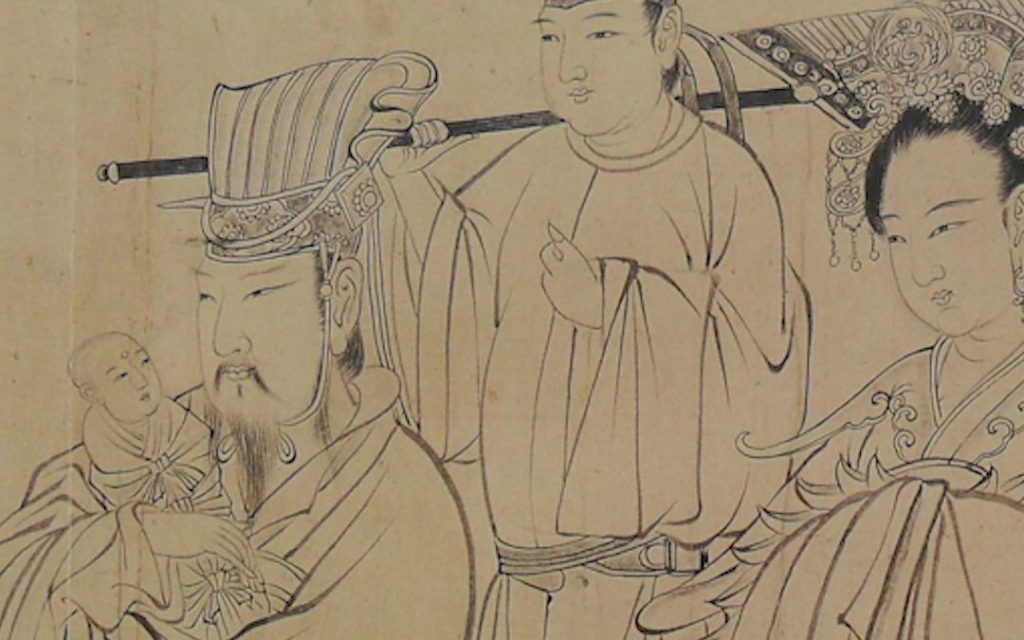When it comes to ancient poets, everyone may only remember some very famous ones, but Yang Wanli may not be very familiar with them. His poetry can be said to be a self proclaimed family with a unique style. And many people don’t even know what dynasty he was a poet from. He wrote a lot of poetry throughout his life, with over 20000 poems rumored and 4200 existing poems! There are only 15 lyrics left today. That’s why very few people know about her. Today, the editor will introduce this poet named Yang Wanli to everyone.

1. Which dynasty was Yang Wanli a poet from
Yang Wanli (October 29, 1127- June 15, 1206), also known as Tingxiu, Chengzhai, and Chengzhai Yeke. He was born in Jishui, Jizhou (now Pengtang Village, Huangqiao Township, Jishui County, Jiangxi Province).
Southern Song Dynasty literati and officials, along with Lu You, You Mao, and Fan Chengda, are known as the “Four Great Poets of Zhongxing” in the Southern Song Dynasty.

2. Introduction to Yang Wanli’s Life and Characters
Yang Wanli studied under others multiple times in his early years. In the 24th year of the Shaoxing era (1154), he passed the imperial examination and was appointed as the military officer of the Ganzhou Sihu. He has served as a doctoral supervisor at the National Academy of Sciences, governor of Zhangzhou, and secretary supervisor of the Ministry of Personnel. In the court, Yang Wanli was a prominent figure in the war faction. In the first year of Shaoxi (1190), he was appointed as the accompanying envoy of He Zhengdan in the Jin Dynasty by borrowing the position of a scholar from Huanzhang Pavilion. Later, he was appointed as the deputy envoy of transportation in Jiangdong and opposed the use of iron coins in various counties in Jiangnan. He changed his position to Ganzhou and refused to go. He begged to resign from his official position and returned home. From then on, he lived leisurely in his hometown. He passed away at home in the second year of Kaixi (1206). Title: Wenjie.
Yang Wanli’s poetry has its own unique style, forming the Chengzhai style that has had a significant impact on later generations. I studied the Jiangxi Poetry School, later learned Chen Shidao’s Five Rhythms, Wang Anshi’s Seven Classics, and also studied late Tang poetry. Representative works include “Rice Transplant Song”, “Bamboo Branch Lyrics”, “Small Pond”, “Four Quatrains of Entering the Huai River”, etc. His words are fresh and natural, just like his poetry. He is known for his works such as “Wuxi Fu” and “Sea Squid Fu”. There are currently over 4200 poems in existence.
3. The Story of Yang Wanli
Yang Wanli was a person of integrity and determination, not seeking fame and fortune. He refused to serve in the household for 15 years and eventually passed away due to grief and anger. Yang Wanli is knowledgeable and talented, and his works are full of changes. He has magnificent masterpieces such as “Returning to a Thousand Armies, Overthrowing the Three Gorges, Passing through the Heart of Heaven, and Penetrating the Moon Cave”, as well as beautiful and expressive poems about scenery and emotions. He can easily pick them up and make the most of them. The poetic style is simple and natural, with innovative ideas, humorous and witty, fresh and lively, and has strong artistic appeal, opening up the tradition of popularizing Hakka literature.
In the morning, when Yang Wanli opened the window to breathe fresh air, he saw that the road next to the fence was long and the flowers on the trees had fallen, leaving no shade. A child ran over and chased after a yellow butterfly. As they were about to catch it, the butterfly flew into the cauliflower field and disappeared. The child thought to himself: Why did this yellow butterfly fly here? Why should I chase a yellow butterfly? If it weren’t for me chasing a yellow butterfly, I would have caught it long ago. It’s really a waste of effort. Then, the child left disappointedly. Yang Wanli found these scenes very interesting and wrote the poem “Staying at Xugongdian in Xinshi City”.

